Whether it is a residential construction project or a commercial one, the use of marble is quite common. And, when it comes to choosing the most superior quality natural stone, there are two prominent options – Indian marble and Italian marble. Indian marble is known to have a medium luster and is a hard stone whereas its Italian counterpart is of high luster and softer. Due to the high softness of Italian marble, it is often supported by a nylon net which is fixed at the back of the marble slab. This gives Indian marble a slight edge over Italian marble.

In this post, let’s delve deep and find out more about the popular Indian marble options. The best thing about Indian marble is that it comes in a wide range of colors and patterns which means architects have tremendous liberty to realize any décor concept. Similarly, the marble sourced from India is found to be cheaper than Italian marble. This is another reason why architects and natural stone importers worldwide prefer Indian marble over Italian marble.
What is marble?

The term “marble” has its roots in Greek marmaros which refers to “shining stone”. In earlier times, this rock was highly valued for its intrinsic brilliance, which is due to the low refractive index of calcite (the mineral that it is mostly formed of), which allows light to permeate into the stone before being reflected.
Marble stone is found in various countries, including, France, Belgium, Greece, Great Britain, Ital7, India, and Spain.
Marble is produced from limestone in the earth’s crust by heat and pressure. These pressures cause the texture and composition of the limestone to alter. This is known as recrystallization. Fossilized elements in the limestone recrystallize, together with the original carbonate minerals, to create massive, coarse grains of calcite. Impurities in the limestone alter the mineral makeup of the marble that develops after recrystallization. The minerals that form as a result of impurities give marble a broad range of colors. The whitest calcite marble is the purest. Hematite-containing marble is reddish in color. Marble containing limonite is yellow, while marble containing serpentine is green.
Marble comes in a range of colors due to the minerals found in marble-like clay, sand, and silt. It is commonly used as a construction material, in monuments and sculptures, and for a variety of other purposes. Marbles can be used both inside and outside. However, because of modern-day environmental contamination, the polish of marble utilized for external applications may be short-lived.
Popular Indian Marble Colors
White Marble
White is known to be the most essential color in the world of marble stones. It signifies calmness and sophistication that forms the base of any architecture in today’s times. Take the example of the Taj Mahal, a structure made of white marble that discloses its superb serenity to the world. India is known to be a major source of white marble stones from India.
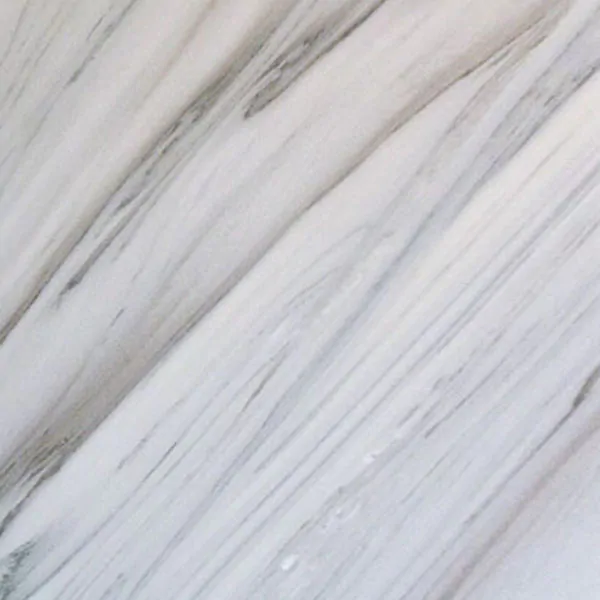
 Banswara White Marble
Banswara White Marble

 Makrana White Marble
Makrana White Marble
Black Marble
Black is another popular color in Indian marble that is immensely popular in the world of architecture. There are many architectural wonders all over the world that feature black marble. In households, black marble has been prevalently used across kitchens, flooring, wall cladding, backsplashes, and others. Due to the outstanding material’s quality and dignity, black marble is mainly used in luxury projects. Its profound dark backdrop is complemented by everlasting and beautiful multicolored veins that vary from variations of beige to white, gold, white, or orange, given its specific type.
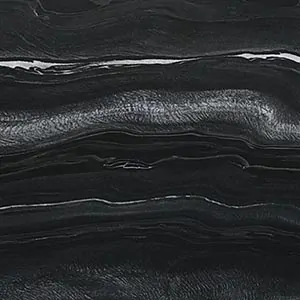

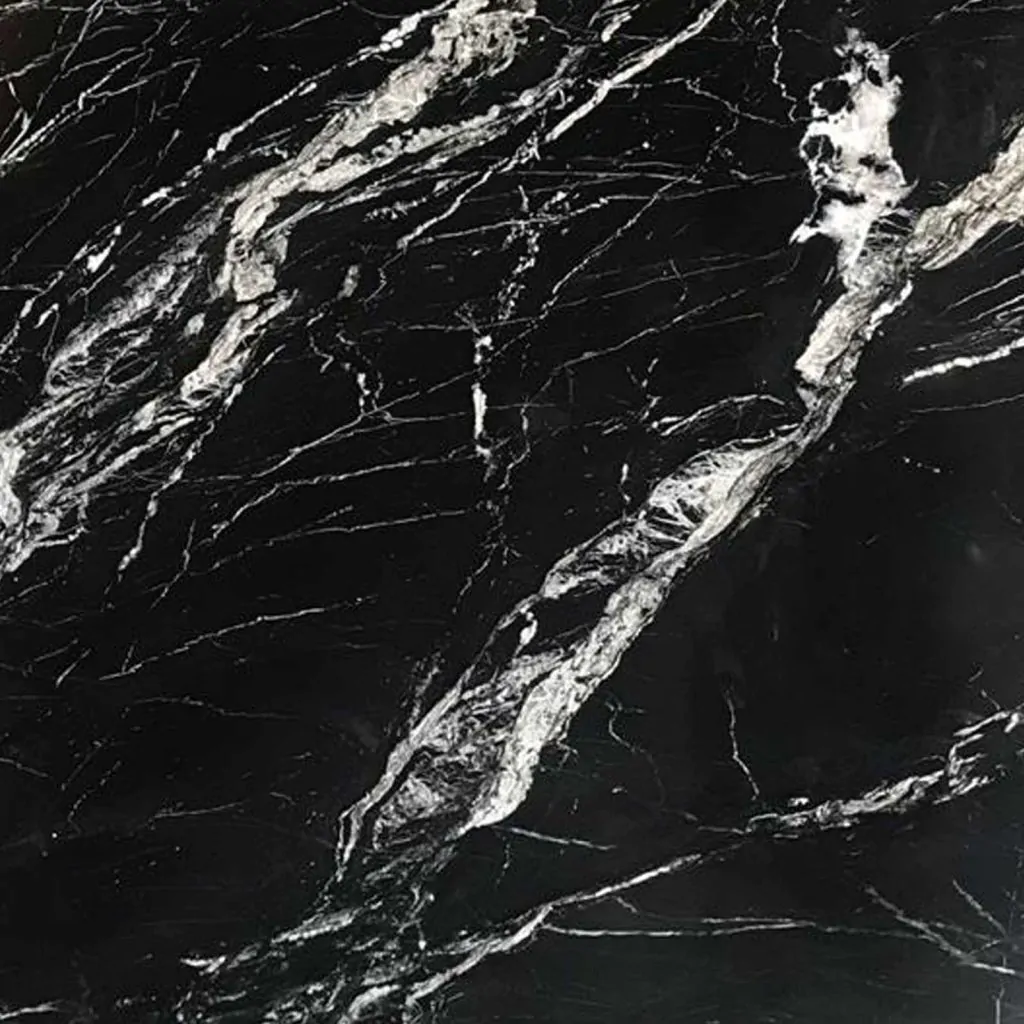
Brown Indian Marble
This marble’s rustic color gives a sense of earthiness to any space, whether commercial or residential. Brown marble stones, considered one of the most malleable types of Indian marble because of their finer veins, rapidly boost the aesthetic of a room. Give your floors or walls a stunning feel of beauty with brown color marble.
Brown marble is considered a wonderful substitute for quartz or granite as it has the look of natural stone along with amazing durability and affordability. It is a marble that can easily be used in both indoor and outdoor applications.


Green Marble
Being a natural color, green always remains a favorite among architects and homeowners. In addition, green marble is known to have resistance to heat and amazing sturdiness. It is primarily used in worktops, countertops, stairs, washbasins, and other residential and commercial spaces. Since this marble stone lends a sense of freshness, it is preferred by most homeowners all across the world.

 Forest Green Marble
Forest Green Marble
Pink Marble
Marble is a metamorphic rock that has crystallized over time after being exposed to extreme pressure. The pink hue is caused by iron exposure in the soil. This marble comes in a variety of colors, ranging from a faint cold blush to warm corals and deep pink variants.
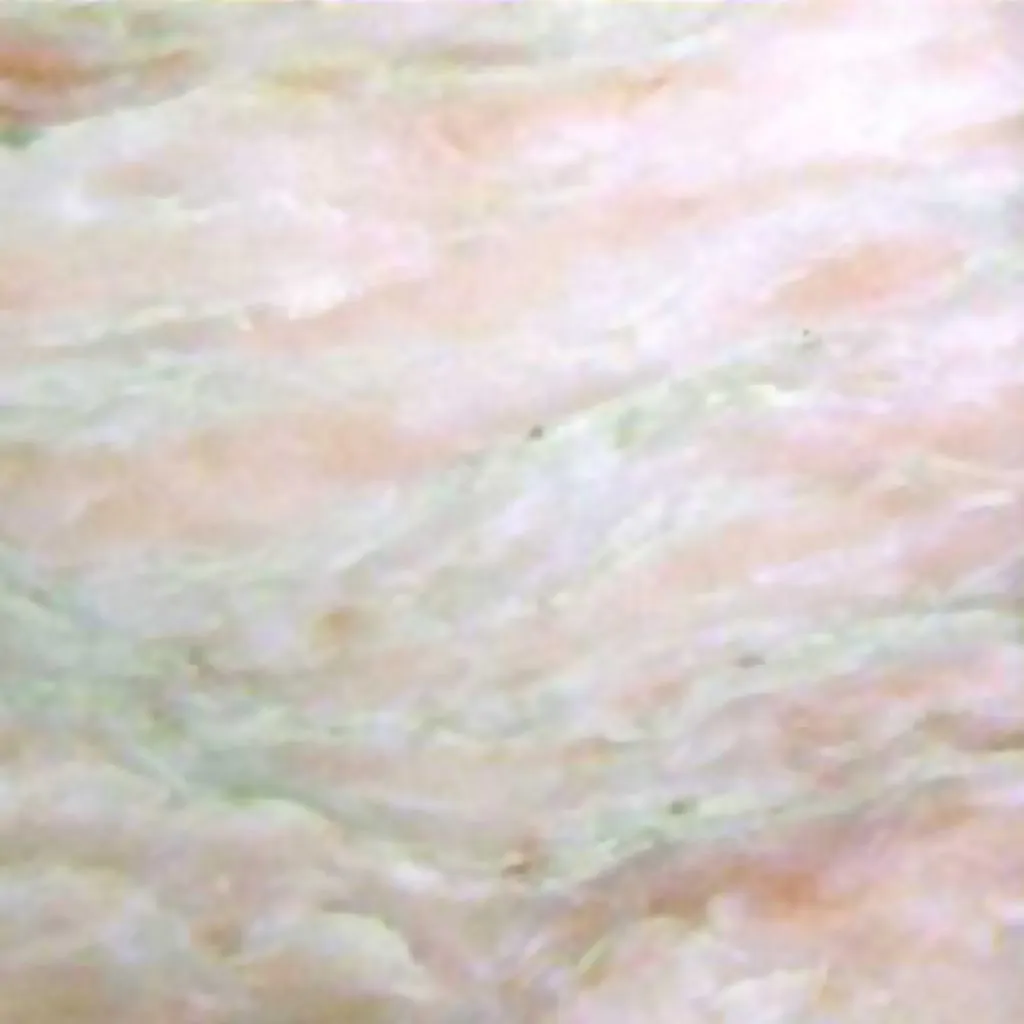
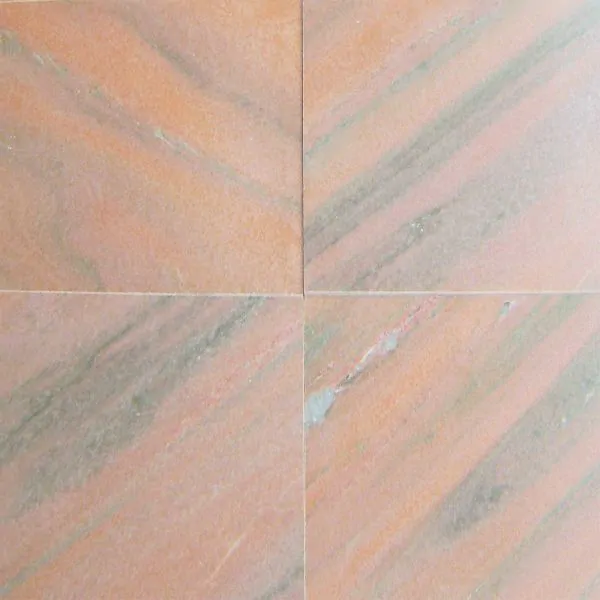
The Conclusion
Over the years, Indian marble has been winning the hearts of architects worldwide who can choose to give a remarkable upgrade to the interiors and exteriors of any space. So, whether you are a natural stone importer looking to import high-quality marble or an architect looking for that perfect stone for an ongoing construction project, Indian Marble is something you can’t afford to overlook.
